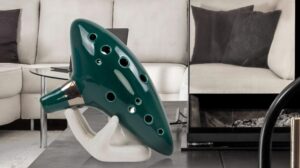
Exploring the Mystical Sounds: The World of the Ocarina
The ocarina is an ancient wind instrument known for its otherworldly and evocative sound. With a history spanning over 12,000 years across cultures worldwide, the
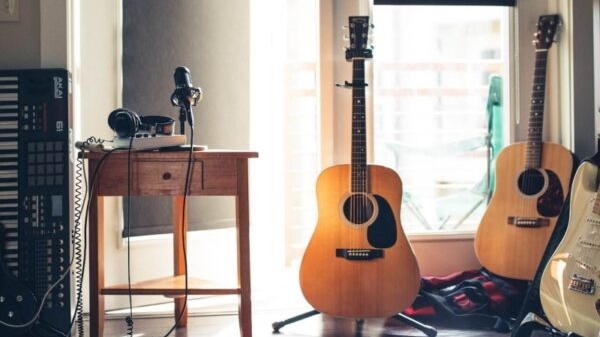
The ocarina is an ancient and mesmerizing wind instrument that produces beautiful, flute-like tones. While ocarinas are made from various materials and come in different shapes and sizes, they all share a simple system of finger holes used to produce notes. Ocarinas can transport us to faraway lands with their haunting melodies.
If you’re captivated by the ocarina and looking to purchase one, you’ll find there is an extensive range of ocarina types to explore. To help you discover the diverse world of ocarinas, here is a comprehensive guide to the major ocarina varieties and how to choose the best instrument to match your musical needs.
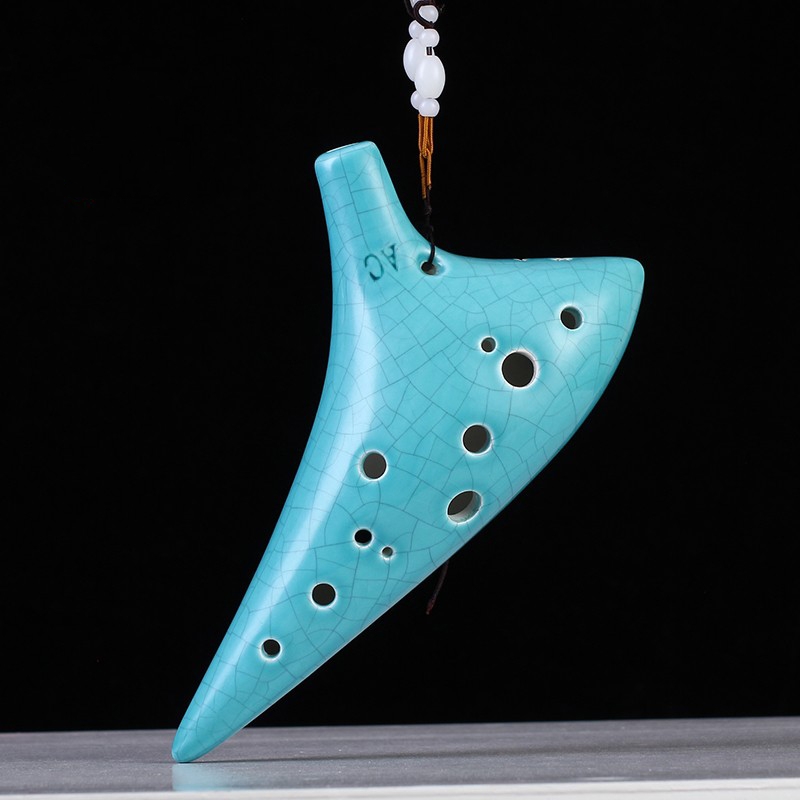
Ocarinas fall into several broad categories based on the number of chambers, material, shape, and other characteristics. Here are the most common ocarina types available:
Beyond the common chambered ocarinas are exotic specialty and orchestral varieties:
Ocarinas not only vary by type and chambers but also by their visual shape and decorative styles:
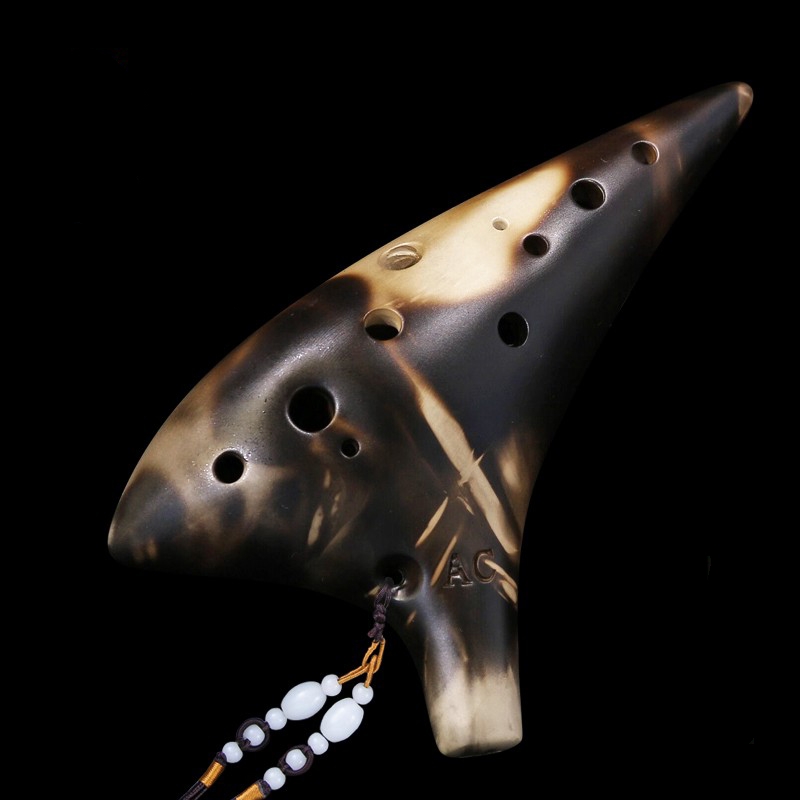
Ocarinas are crafted from various materials that impact the look, feel, and sound:
With this overview of the broad ocarina types and styles available, keep these key considerations in mind when selecting an ocarina:
Take your time, listen to tone samples, and weigh your priorities. While the dizzying ocarina selection may seem overwhelming at first, keeping these criteria in mind will help guide you to finding your ideal instrument.
Once you’ve selected the perfect beginner’s ocarina, you’ll be eager to start playing beautiful melodies. Here is some advice for getting started:
Memorize your ocarina’s note names and the finger positions to produce each note. Start by playing each note slowly and deliberately.
Controlled breathing is crucial to ocarina playing. Blow gently but steadily into the mouthpiece while keeping an airtight seal with your lips. Support notes with your breath.
Use a chromatic tuner to ensure the notes you are fingering correctly match the pitch. This will develop your pitch accuracy and ear training.
Gradually increase playing speed by practicing scales and simple beginner songs. Work on lifting your fingers cleanly between notes.
Sit or stand tall to allow deep breaths. Bring the ocarina to your mouth versus straining your neck down. Keep your arms relaxed.
Use the wealth of Ocarina tutorials on YouTube and Ocarina blogs to continue expanding your skills.
With a high-quality beginner ocarina that you love and these starter tips, you’ll be mastering beautiful ocarina melodies in no time!
Once you have the basics down and want to advance your ocarina skills, upgrading to an intermediate instrument is a smart next step. Here are top options for intermediate players:
A 12-hole ocarina gives you a fuller note range versus a basic 10-hole starter ocarina. Look for an inline, oval pendant, or English pendant shape 12 holes.
The additional chambers on double and triple ocarinas allow you to play multi-octave music and enrich your sound. Focus on a double first before tackling the triple ocarina.
Focalink makes professional-quality handcrafted ceramic ocarinas ideal for advancing students. Their Alto C triple ocarina is exquisite.
The organic sound of wood enhances an intermediate player’s musical expression. Seek hardwoods like cocobolo or rosewood versus softwoods.
If you have bigger hands, a tabbed ocarina makes reaching all the holes easier. STL Ocarinas offers excellent tab ocarinas.
Moving up to an intermediate ocarina that matches your skills will be incredibly rewarding and motivating. Don’t hesitate to consult your teacher on finding the ideal next ocarina for your progression.
Once you’ve reached an advanced skill level, you’ll want an ocarina capable of professional quality performance and elegance. Here are exquisite ocarinas to consider:
Handmade in the USA using gorgeous exotic woods, Songbird ocarinas are true works of art with top-tier sound quality, especially their triple ocarinas.
Imperial City Ocarinas crafts the Legendary Collection of extraordinarily ornate and rich-sounding multi-chamber ocarinas with details like abalone shells.
Art ocarinas from acclaimed ceramic studios like Thomas Stahl, Mark Holdaway, and Donna Shore offer unparalleled beauty and tone.
Focalink lets you customize nearly all aspects of their ocarinas, from chamber style to decorative elements. Design your dream ocarina.
Serious players yearning for an expanded range should learn the tenor and bass ocarinas, like GLG’s gorgeous painted 6-hole bass.
The sky’s the limit when selecting a pro-level ocarina! Seek advice from your teacher, read reviews of acclaimed ocarina makers, and follow your artistic passions.

To help you get the most out of your ocarina playing, invest in these handy accessories:
Take your ocarina playing to the next level by equipping yourself with useful accessories that enable you to get the highest sound quality and ease of performance.
Once you’ve caught the ocarina bug, one of the best ways to improve your skills and enjoyment is by joining the vibrant global community of ocarina enthusiasts:
Immerse yourself in the global ocarina community to exponentially expand your skills, collaborations, and appreciation for this entrancing instrument.
The ocarina is an ancient yet timeless instrument that never fails to enchant with its evocative sound. As you can see, there is an incredibly diverse world of ocarina types, materials, shapes, and playing styles to explore.
With this guide to get you started, may your own ocarina journey be filled with magical music and joyful discovery! Let your imagination soar as you make your mark on the storied legacy of the Ocarina.


The ocarina is an ancient wind instrument known for its otherworldly and evocative sound. With a history spanning over 12,000 years across cultures worldwide, the

When it comes to taking care of your musical instruments, ocarina requires special attention, especially in terms of disinfection. Whether you’re a professional musician or

When it comes to preserving the charm and sound of your ocarina, storage is key. Just like a treasured book or a fine wine, your

The world of music is filled with diverse and captivating instruments, and among them, the ceramic ocarina stands as a unique and charming creation. With
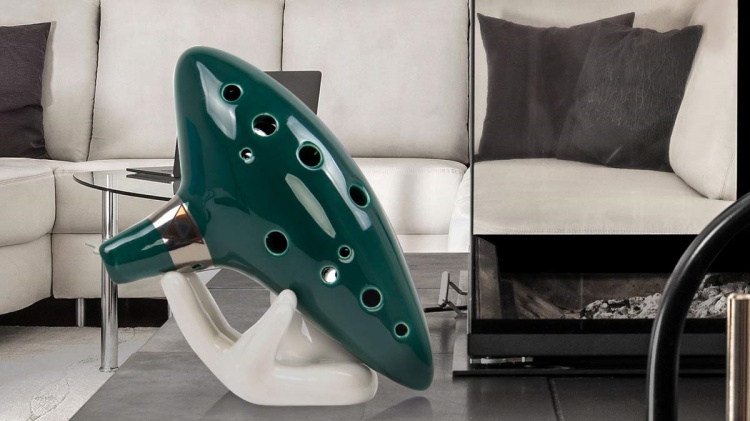
The ocarina is an ancient wind instrument known for its otherworldly and evocative sound. With a history spanning over 12,000 years across cultures worldwide, the

When it comes to taking care of your musical instruments, ocarina requires special attention, especially in terms of disinfection. Whether you’re a professional musician or

When it comes to preserving the charm and sound of your ocarina, storage is key. Just like a treasured book or a fine wine, your

The world of music is filled with diverse and captivating instruments, and among them, the ceramic ocarina stands as a unique and charming creation. With
Copyright © 2024 echofluteocarinas. All Rights Reserved.